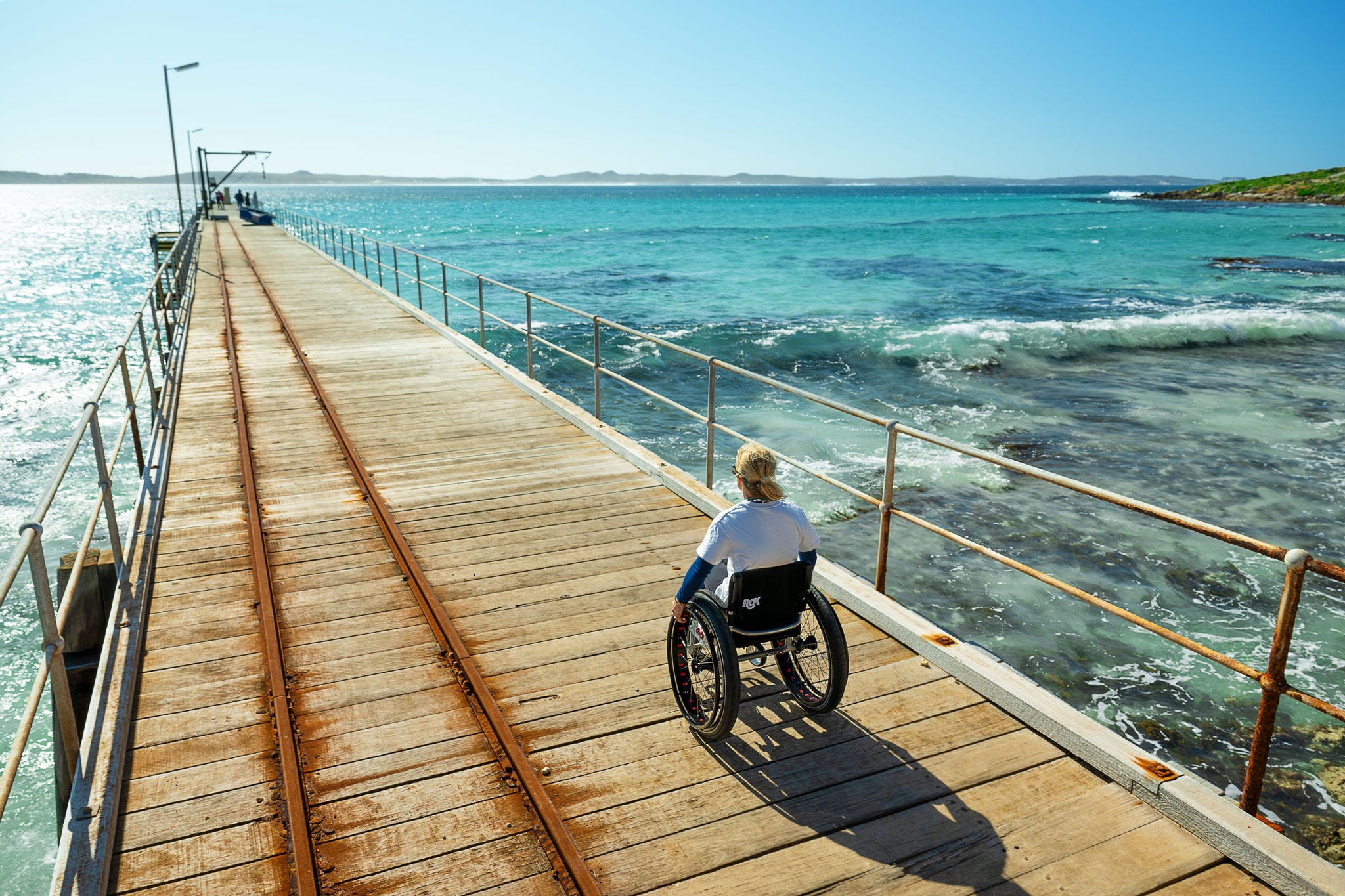1. All data and estimates presented in this report are for travel in calendar year 2024. The estimates for domestic trips are for people aged 15 or older.
2. In this report, the “travellers with accessible needs” group is inclusive of all respondents to Austrade’s National Visitors Survey or International Visitors Survey who identified as having one or more disabilities or long-term health conditions or travelled with a person who did. See appendix 1 for details.
3. This report includes data for 3 types of travellers:
- International visitors
- Domestic overnight travellers – those who spent one or more nights at least 40 kilometres from home
- Domestic day travellers – undertook a round trip of at least 50 kilometres from home but did not stay overnight
4. “NP” means “not publishable”. This refers to any data point for which there is insufficient data.
